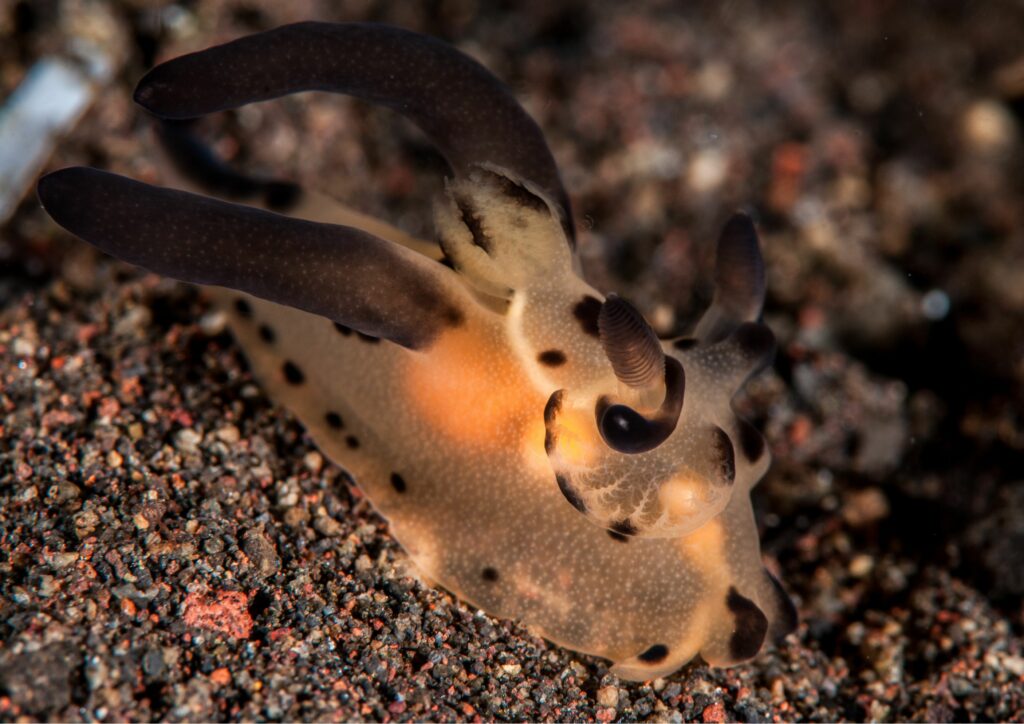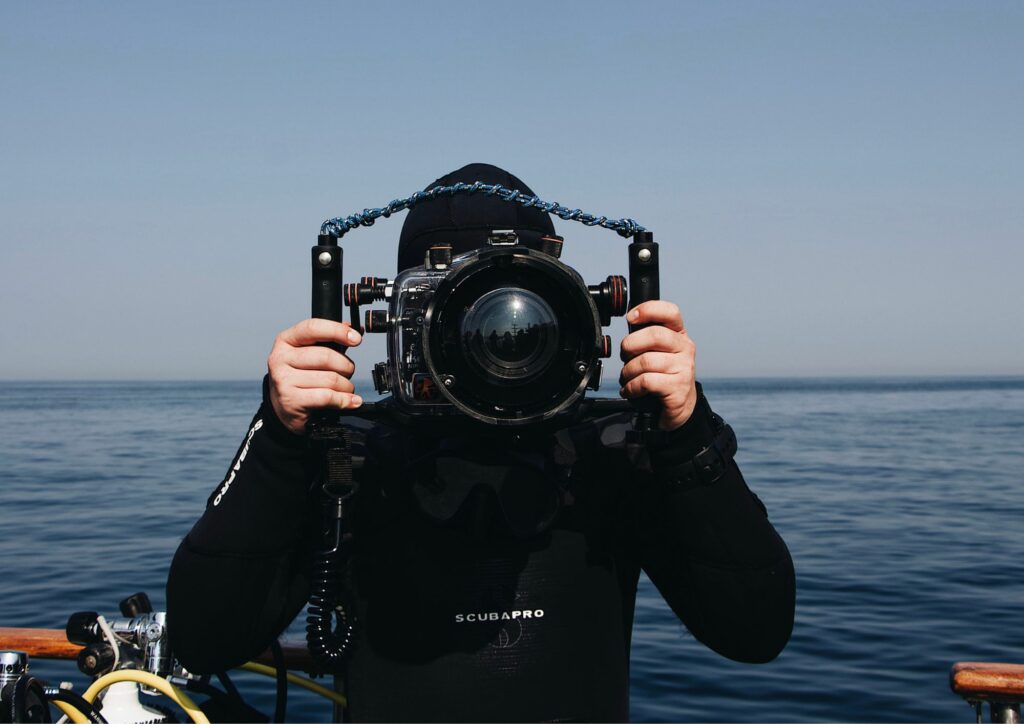For underwater photography arts, we’ve all been there – snapping away with our cameras, trying to capture the perfect shot of that majestic sea turtle or vibrant coral reef. But let’s be real, capturing stunning photos underwater can be a challenge. It takes more than just pointing your camera at the ocean and clicking away. In this blog post, we’ll dive into the art of capture, sharing expert tips and tricks on how to photograph marine life like a pro.
Understanding Your Gear
Before you start snapping away, it’s essential to understand your camera equipment. Whether you’re using a point-and-shoot, mirrorless, or DSLR camera, knowing the ins and outs of your gear will help you get the most out of your underwater photography experience. For instance, make sure you understand the manual mode on your camera, as this will give you more control over exposure settings. Additionally, consider investing in a waterproof housing for your camera to protect it from the elements.
Mastering Composition
Composition is key when it comes to capturing stunning underwater photos. One of the most important things to keep in mind is the rule of thirds. Imagine your camera frame divided into thirds both horizontally and vertically – place your subject along those lines for a more balanced composition. Another tip is to look for leading lines, such as a school of fish swimming together or a coral reef’s undulating shape. These elements can add visual interest and depth to your photos.
Playing with Light
Lighting is one of the most critical factors in underwater photography. Natural light from the sun can create stunning effects, such as backlit scenes or dramatic shadows. However, it’s often limited by water depth and clarity. To overcome this challenge, try using a strobe or external flash to illuminate your subject. This will add depth and dimensionality to your photos. Additionally, consider shooting during overcast conditions or near dawn/dusk when the light is softer and more even.
Capturing Marine Life
When it comes to capturing marine life, patience is key. Take your time to observe and wait for the perfect shot. For instance, try waiting for a curious fish to swim into frame or for a sea turtle to pop its head out of the water. Also, don’t be afraid to get creative with composition – try shooting from unique angles, such as looking up at a school of fish swimming above you.
Post-Processing Magic

While it’s tempting to rush through post-processing, taking the time to edit your photos can make all the difference. Learn how to adjust exposure, contrast, and color balance to enhance the mood and atmosphere of your images. Additionally, consider using software like Adobe Lightroom or Photoshop to remove distractions, such as bubbles or debris, from your shots.
Tips for Shooting with a Drone
If you’re new to underwater photography, shooting with a drone can be an excellent way to get started. Not only do drones provide a unique perspective on the ocean, but they also allow you to capture footage without having to get in the water yourself. For instance, try using a drone to capture aerial views of coral reefs or schools of fish swimming together.
Dive into the Art of Capture in Bali
Embark on an underwater adventure in Bali where you can merge the thrill of diving with the art of underwater photography. Bali’s crystal-clear waters, vibrant coral reefs, and abundant marine life provide the perfect backdrop for capturing stunning underwater images. Whether you’re an aspiring photographer or an experienced shutterbug, the diverse dive sites around Bali offer endless opportunities to hone your skills.
Imagine photographing the majestic manta rays at Manta Point, the enchanting coral gardens of Amed, or the haunting beauty of the USS Liberty shipwreck in Tulamben. Each dive presents a unique tableau, teeming with colorful fish, intricate coral formations, and other fascinating marine creatures. Bali’s experienced dive instructors and photography guides can provide invaluable tips and training, helping you master techniques such as lighting, composition, and buoyancy control to get the perfect shot.
With these expert tips and tricks, you’ll be well on your way to capturing stunning photos underwater. Remember to understand your gear, master composition, play with light, capture marine life, and use post-processing magic to enhance your images.
Diving into the art of capture in Bali diving is more than just taking photos; it’s about preserving the beauty and wonder of the underwater world, creating lasting memories, and sharing your discoveries with others. Equip yourself with a camera, dive into Bali’s mesmerizing waters, and let the ocean’s beauty unfold through your lens.And don’t forget to have fun – the art of capture is all about experimentation and creativity in Bali Diving. So why not grab a camera and take the plunge? Contact us today to learn more about our underwater photography courses and services!

What a fantastic resource for underwater photography! I’m definitely going to be sharing this with my fellow diving friends. Thanks for the tips on post-processing magic too!
Hi Ling Wong, thank you for your wonderful comment! We’re thrilled to hear that our blog post on underwater photography was helpful and informative. If you have any questions or need further guidance on post-processing magic or any other aspect of underwater photography, please don’t hesitate to reach out to us. Our team at Gill Divers is always here to help. Additionally, we’d be happy to provide more tips and tricks on capturing stunning photos underwater in Bali’s crystal-clear waters. Contact us today to learn more about our underwater photography courses and services! Looking forward to hearing from you again.
I’ve always struggled with capturing good photos underwater, but this post has given me some great ideas. I’ll have to try out the rule of thirds and playing with light next time
Hi Kavin Kumar, thanks for sharing your thoughts! We’re glad you found the post helpful. The rule of thirds and playing with light are indeed great tips to improve your underwater photography skills. Remember to also experiment with different angles and compositions to add some creativity to your shots. If you have any more questions or need further guidance, don’t hesitate to reach out to us at Gill Divers. We’re always here to help! Contact us at Tel: +65 6734 9373 or Email: [email protected].
I love how detailed and informative this blog post is! It’s great to see expert tips on underwater photography. I’ll definitely be trying out some of these techniques during my next diving trip
Hi Maya, thanks for taking the time to read and appreciate our blog post on underwater photography! We’re thrilled to hear that you found it informative and helpful. Remember to have fun experimenting with the techniques we shared, and don’t hesitate to reach out if you need any further guidance or tips. At Gill Divers, our goal is not only to provide expert knowledge but also to inspire a sense of wonder and appreciation for the ocean’s beauty. If you have any questions or would like to learn more about our underwater photography courses and services, please don’t hesitate to contact us at +65 6734 9373 or [email protected]. Looking forward to hearing about your next diving adventure!